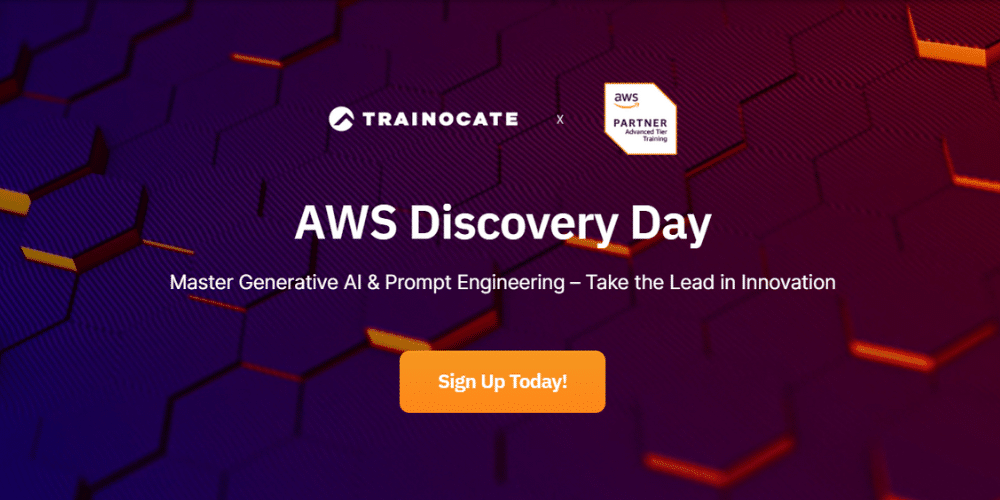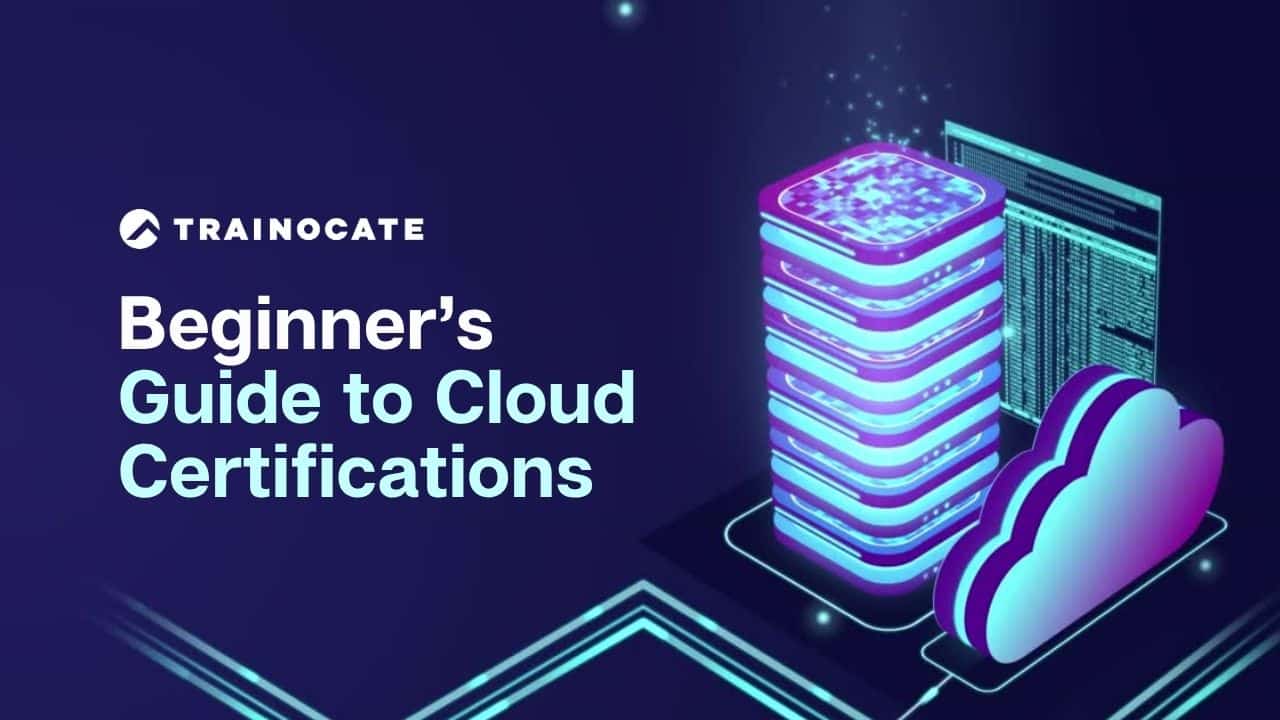The evolution of the database administrator role with AWS
The evolution of the database administrator role with AWS
The exciting shifts in responsibility for database administrator.
Before the advent of cloud-based solutions, database administrators (DBAs) and specialists were responsible for implementing and maintaining a single database system for the entire organization. This often led to the use of a particular solution for all workloads, even if better options existed.
The emergence of managed database solutions in the cloud has significantly transformed the role of the DBA. Instead of focusing on just one solution, today’s DBAs have access to a variety of purpose-built databases that can support different data models. As of today, AWS offers 15 purpose-built databases, designed to support diverse data models.
This has resulted in a shift towards software-based tasks, with less emphasis on hardware provisioning and management, and has created new and exciting opportunities for DBAs to work collaboratively with development teams to develop strategic business solutions. To take advantage of these opportunities, DBAs should consider seeking out training and hands-on education to enhance their skills and expertise. With a willingness to learn and adapt to new technologies, DBAs can play a crucial role in driving business success.
AWS Training and Certification provides comprehensive training, including a specialized learning path for databases and an AWS Certified Database Specialty certification program for database specialists. If you’re new to AWS databases, a good starting point is the free digital course “AWS Database Offerings.” This self-paced course takes approximately five and a half hours to complete and provides an introduction to AWS database technologies.
Let’s take a look at the responsibilities DBAs have traditionally held, and how the evolution of the cloud has changed the way DBAs are approaching their work.
Capacity Planning
The conventional approach to database capacity planning involved allocating server capacity for peak loads. Which often results in paying for underutilized resources, making it inflexible and expensive. On the other hand, cloud-based databases are scalable and can dynamically adjust their storage and compute capacity to accommodate fluctuations in demand automatically. Automated responses to monitored metrics and alarms are usually configured using software APIs. Some cloud databases are also serverless, meaning that no servers or virtual machines need to be provisioned at all.
Database Backup and Recovery
The traditional approach for backing up databases is to use physical backup devices like tapes or other portable media, which need to be stored and managed offsite to ensure safety, causing inconvenience and delaying the recovery process. However, the cloud provides easier and more robust storage solutions that automatically keep multiple copies of backup data in various physical locations. The DBAs are not required to manage any physical storage devices, and the backups and recovery can be automated using scripting.
Choosing the Optimal Database Solution
Cloud platforms offer a variety of purpose-built database options, including both self-managed and fully managed relational and NoSQL options, as well as key-value pair, document, in-memory, columnar, graph, time-series, and more. Consequently, it’s important for not only database administrators but also database specialists to be aware of these options and know how to apply them to specific use cases and application deployment requirements.
By partnering with development teams, a database specialist can select the purpose-built database solution that best suits the data type and required access patterns, and meets performance, durability, scalability requirements, and cost-effectiveness.
Our three-day, immersive instructor-led classroom training course, Planning and Designing Databases on AWS, is an optimal avenue to learn how to choose the appropriate database service for the needs and requirements of your application. In this course, you learn how to analyze several sample applications to determine the appropriate AWS database service, and then design and deploy a service to meet an application’s needs and business requirements.
Skills Covered
- Apply database concepts, database management, and data modeling techniques
- Evaluate hosting databases on Amazon EC2 instances
- Evaluate relational AWS database services and their features (Amazon RDS, Amazon Aurora, and Amazon Redshift)
- Evaluate nonrelational AWS database services and their features (Amazon DocumentDB, Amazon DynamoDB, Amazon ElastiCache, Amazon Neptune, and Amazon QLDB)
- Examine how the design criteria apply to each service
- Apply management principles based on the unique features of each service
| Course Code | Course Title | Fees (RM) | Days | May-24 | Jun-24 | Jul-24 |
|---|---|---|---|---|---|---|
| AWS-PDDA | Planning and Designing Databases on AWS | 5,400 | 3 | – | 12-14 | – |
This official AWS course prepares learners for the AWS Certified Database – Specialty certification and do explore our 10 study tips for the AWS Certified Database – Specialty certification in 2024 blog post to ace the exam.
Designing for the Workload
The migration to managed cloud services has reduced the need for database administrators to focus on routine management tasks such as installing, patching, and upgrading database engines. Instead, they can offer guidance to application developers in selecting the appropriate database service for a particular workload, as well as perform a smaller set of administrative duties.
The role of DBAs has the potential to make a significant impact on organizations. The world has more data and databases than ever before, and this trend is expected to continue. As a result, the evolving role of DBAs is becoming increasingly vital and offers promising opportunities for growth in the cloud.
AWS Databases: Break Free to Save, Grow, and Innovate Faster
Build cloud fluency with AWS
Cloud technologies continue to help organizations transform their businesses at a rapid pace. To ensure continued value from their cloud investments, organizations must empower their teams with current, role-relevant cloud skills.
Official AWS training courses offered by Trainocate Malaysia are designed to help individuals acquire the necessary cloud computing skills through practical exercises facilitated by AWS experts and are delivered by accredited Amazon Authorized Instructors (AAIs). These classes are conducted live and feature a blend of presentations, discussions, and hands-on labs.
AWS Classroom Training helps improve productivity, employee satisfaction, and talent retention—while also enabling you to derive a greater return on your database and training investments and prepares learners to take any of the 12 available AWS certifications. With training available in public and private settings, in convenient virtual classrooms and in person, and spanning a wide range of topics and all skill levels, AWS Classroom Training offers something for every team at every organization.
Start your journey today—and discover how far your teams can go with official AWS Training delivered by expert AWS Authorized Instructors.












